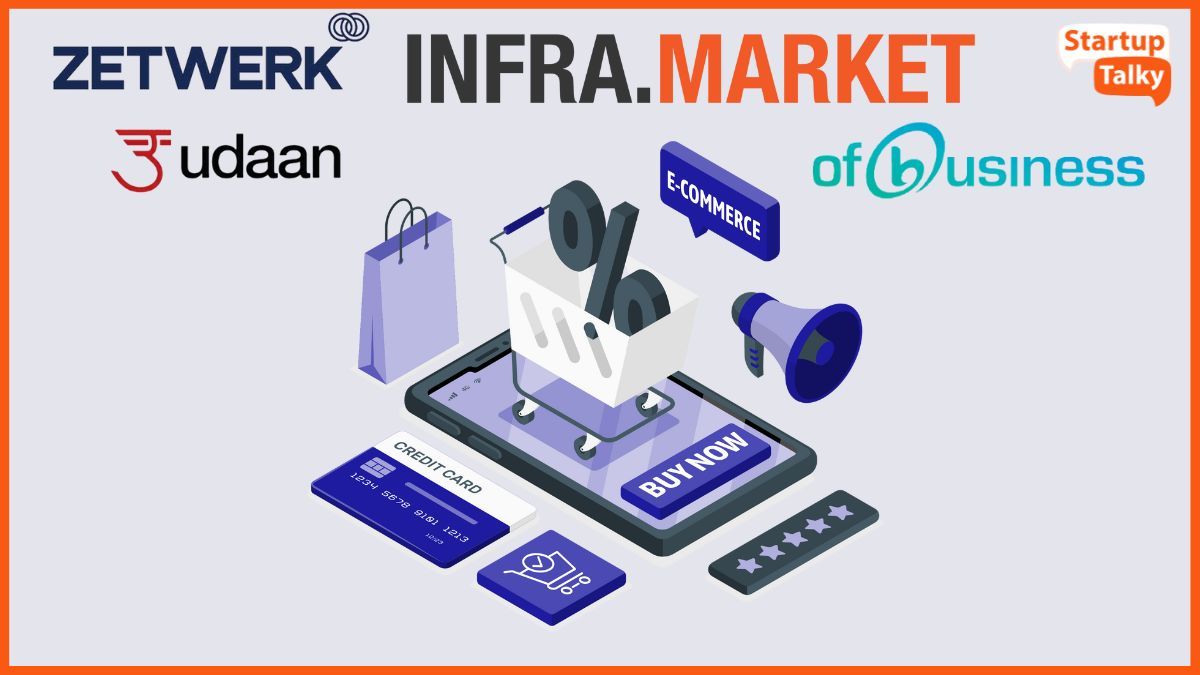B2B Payment Frauds: Trends and Techniques to Prevent Them
✍️ Opinions
This article has been contributed by Payal Nambiar, Founder and Director, B Square.
In today’s fast-paced digital world businesses rely on electronic transactions to run smoothly. However, this reliance has also led to the rise of B2B payment frauds, which is becoming more complex. By staying updated on the newest trends and taking preventative measures, organizations can stay ahead of fraudsters.
There are various types of payment fraud. Fraudsters can manipulate email communications to impersonate executives or vendors, tricking employees to transferring funds to fraudulent accounts. These scams often involve urgent payment requests that bypass standard verification processes. Attackers may also use malware to take over legitimate email accounts, enabling them to send false payment requests.
Another scam is invoice fraud, which takes place when scammers alter payment information by intercepting invoices and then redirecting money to false accounts. This could entail sending duplicate invoices with fake bank information posing as a reliable supplier or misleading accounts payable departments into making unauthorized payments. Without proper verification procedures in place, businesses are at risk of falling victim to these fraudulent transactions.
Scammers are using deepfake technology to create convincing voice and video messages that imitate executives due to advances in artificial intelligence. This type of fraud crucially increases the risk of unauthorized transactions being approved based on fake communications.
B2B payment fraud can be prevented by implementing preventive measures
1.Use Multi-Factor Authentication
Using Multi-Factor Authentication (MFA) is one of the most effective strategies to prevent fraud. Through several authentication mechanisms, such as passwords, fingerprints, and security tokens, MFA reduces the possibility of unwanted access.
To infiltrate legitimate email accounts, attackers often use tactics like malware or email spoofing. Once they have access, they submit fraudulent payment requests, often disguised as urgent or confidential, increasing the possibility that verification procedures will be bypassed. They can result in serious financial losses as well as reputational damage.
Businesses must implement email authentication procedures, regularly train employees in cybersecurity, and verify payment requests via separate channels of communication to prevent this fraud.
2. Utilize Secure Payment Platforms
Using secure ERP-integrated payment platforms, such as Pothera ERP, ensures that transactions are encrypted and traceable. To enhance financial security, these platforms offer automated audit trails, access controls, and fraud detection tools. They also enable real-time transaction monitoring, helping companies identify and address suspicious activity promptly.
Businesses that centralize financial transactions within a secure ERP system can lower the risk of fraud and ensure regulatory compliance. Because automated reporting and audit trails make it easier to track transactions and identify abnormalities, businesses gain greater financial transparency and control.
3. Implement Robust Procedures for Vendor Verification
Companies should set up strict vendor verification procedures before processing payments. Verifying contact information, validating business authenticity, and conducting extensive background checks should be part of vendor onboarding.
Businesses should never rely just on emails to verify payment details, instead, they should use formal channels of communication like direct phone calls to authorized personnel. Requests to change a vendor's bank account details should go through a multi-step verification process that includes getting secondary approval from senior management and comparing information with previous records. To guarantee authenticity over time businesses should also implement a policy mandating the periodic revalidation of vendor details.
By integrating vendor verification processes into an ERP system like Pothera ERP, businesses can automate approval workflows, monitor transaction patterns, and flag inconsistencies.

4. Establish Strong Cybersecurity Measures
Strong security measures are important to protect against fraud and illegal access to financial systems. Companies should implement firewalls to monitor and filter network traffic, intrusion detection systems to identify potential cyber threats, and endpoint security solutions to safeguard devices from malware and phishing attacks. To fix vulnerabilities in systems and applications, regular software update and patches should be implemented. Additionally, employers should also ask staff members to use password managers and multi-factor authentication while enforcing strict password policies.
5. Conduct routine monitoring and audits
Regular audits and transaction monitoring are crucial for early fraud detection. Businesses should conduct regular financial audits to examine past transaction data and identify any irregularities or suspicious activities. Real-time monitoring systems can identify payment irregularities and illegal access attempts.
By establishing automated alerts to identify discrepancies, finance teams can take immediate action before significant losses occur. To further strengthen transparency and guarantee adherence to financial regulations, both internal and external audits must be conducted. Businesses can reduce the risk of fraud and preserve strong financial controls by taking a proactive approach to financial oversight.
6. Adopt Blockchain Technology for Transactions
Blockchain technology provides an additional layer of security by creating an immutable ledger of financial transactions. Smart contracts and decentralized verification processes increase B2B payment transparency and reduce fraud risk.
Although B2B payment fraud is becoming a growing concern, companies can reduce their risk exposure by taking proactive measures. Organizations can effectively safeguard their financial transactions by leveraging advanced technologies, educating employees, and implementing strict verification procedures. By adopting technologies such as blockchain, multi-factor authentication, and secure ERP platforms, organizations can better protect their financial assets.

Must have tools for startups - Recommended by StartupTalky
- Convert Visitors into Leads- SeizeLead
- Website Builder SquareSpace
- Manage your business Smoothly Google Business Suite






